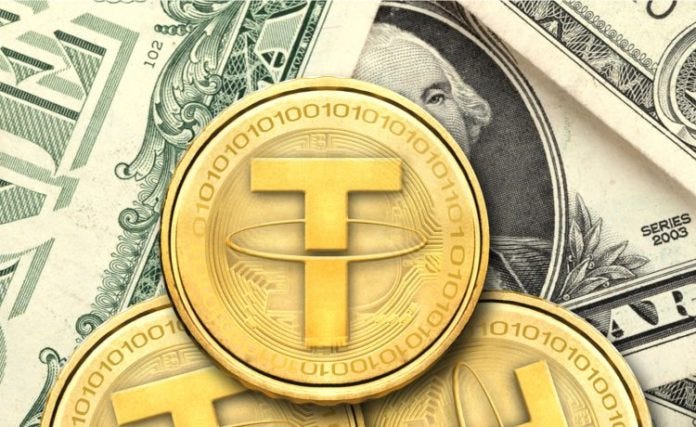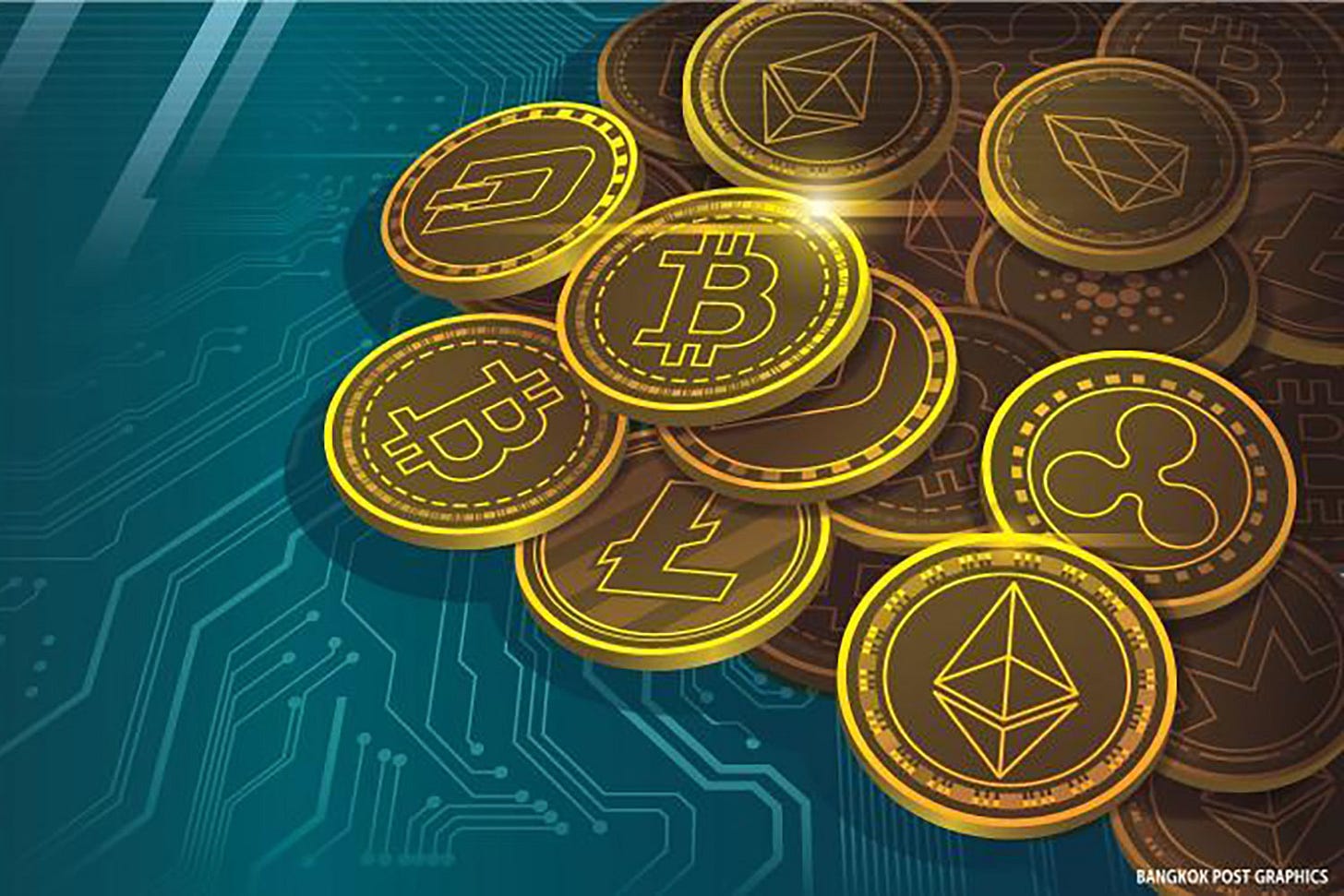Understanding Stablecoins: The Merge of Public and Private Money
An in-depth look at what stablecoins are, how they work, and their advantages over traditional fiat currencies.
Introduction
Stablecoins have quickly become one of the most talked-about topics in cryptocurrency. This is because they represent a unique blend of public and private money, offering many advantages over traditional fiat currencies while also providing the benefits of decentralized cryptocurrencies. In this blog post, we’ll take a closer look at what stablecoins are, how they work, and why they’re becoming increasingly popular.
What are Stablecoins?
A stablecoin is a type of cryptocurrency pegged to a stable asset, such as the US dollar. This means that the value of the stablecoin is directly tied to the value of the underlying asset, making it less volatile than other cryptocurrencies like Bitcoin or Ethereum. For example, a stablecoin pegged to the US dollar will always be worth 1 dollar, regardless of market conditions.
The stability of stablecoins is achieved through a process called collateralization. This means that the stablecoin issuer holds a reserve of the underlying asset, such as US dollars, that is equal to or greater than the total value of the stablecoins in circulation. This reserve acts as a buffer against market fluctuations, ensuring that the value of the stablecoin remains stable.
Types of stablecoins
Centralized stablecoins are issued and controlled by a single entity, such as a bank or a private company.
Decentralized stablecoins, on the other hand, are issued and controlled by a decentralized network of users.
Centralized Stablecoins: Centralized stablecoins are typically backed by a reserve of fiat currency, such as the US dollar, and are issued by a trusted third party. Examples of centralized stablecoins include Tether (USDT) and USDC. These stablecoins are popular among traders and investors because they offer the stability of the US dollar with the convenience and security of cryptocurrency.
Decentralized Stablecoins: Decentralized stablecoins, such as MakerDAO (DAI), are backed by a reserve of cryptocurrencies and are issued by a decentralized network of users. These stablecoins are popular among decentralized finance (DeFi) platforms because they offer the stability of centralized stablecoins with the added security and transparency of a decentralized network.
Advantages of Stablecoins
Facilitation of cross-border transactions
Access to a global financial system for unbanked or underbanked individuals
One of the biggest advantages of stablecoins is their ability to facilitate cross-border transactions. Because stablecoins are pegged to a stable asset, they can be easily converted into other currencies without the need for a central authority or intermediary. This makes them ideal for international trade and commerce.
Another advantage of stablecoins is their ability to provide access to the global financial system to people who are unbanked or underbanked. In many developing countries, people cannot access traditional banking services and cannot participate in the global economy. Stablecoins can provide these people with a way to store value, make transactions, and access financial services without needing a bank account.
Conclusion
In conclusion, stablecoins represent a unique blend of public and private money, offering many advantages over traditional fiat currencies while also providing the benefits of decentralized cryptocurrencies. They are becoming increasingly popular among traders and investors, decentralized finance platforms and people who are unbanked or underbanked. As cryptocurrency continues to evolve, we can expect to see more stablecoins being developed and adopted.
Key Takeaways
Stablecoins are cryptocurrencies pegged to a stable asset, such as the US dollar
Stablecoins are less volatile than other cryptocurrencies
Stablecoins are issued and controlled by a central entity or a decentralized network of users
Stablecoins facilitate cross-border transactions and provide access to the global financial system for unbanked or underbanked individuals
Future developments and adoption of stablecoins are expected
This report is for informational purposes; it does not constitute trading or investment advice. This report solely expresses the author’s opinions, which do not necessarily reflect those of Colossus SRL or its positions. The report’s author may use the suggested strategies or own the cryptocurrency. You are solely responsible for any decisions you make; Colossus SRL is not liable for any loss or damage brought on by reliance on the information provided. If you require investment advice, please get in touch with a certified investment advisor.




